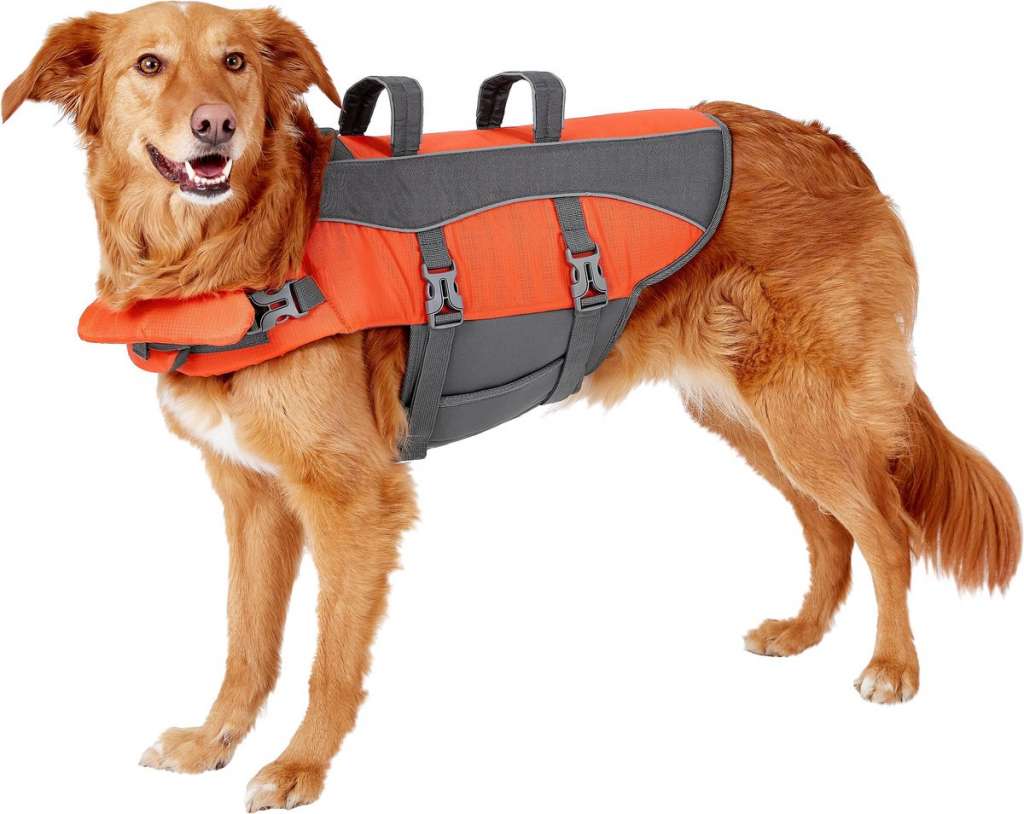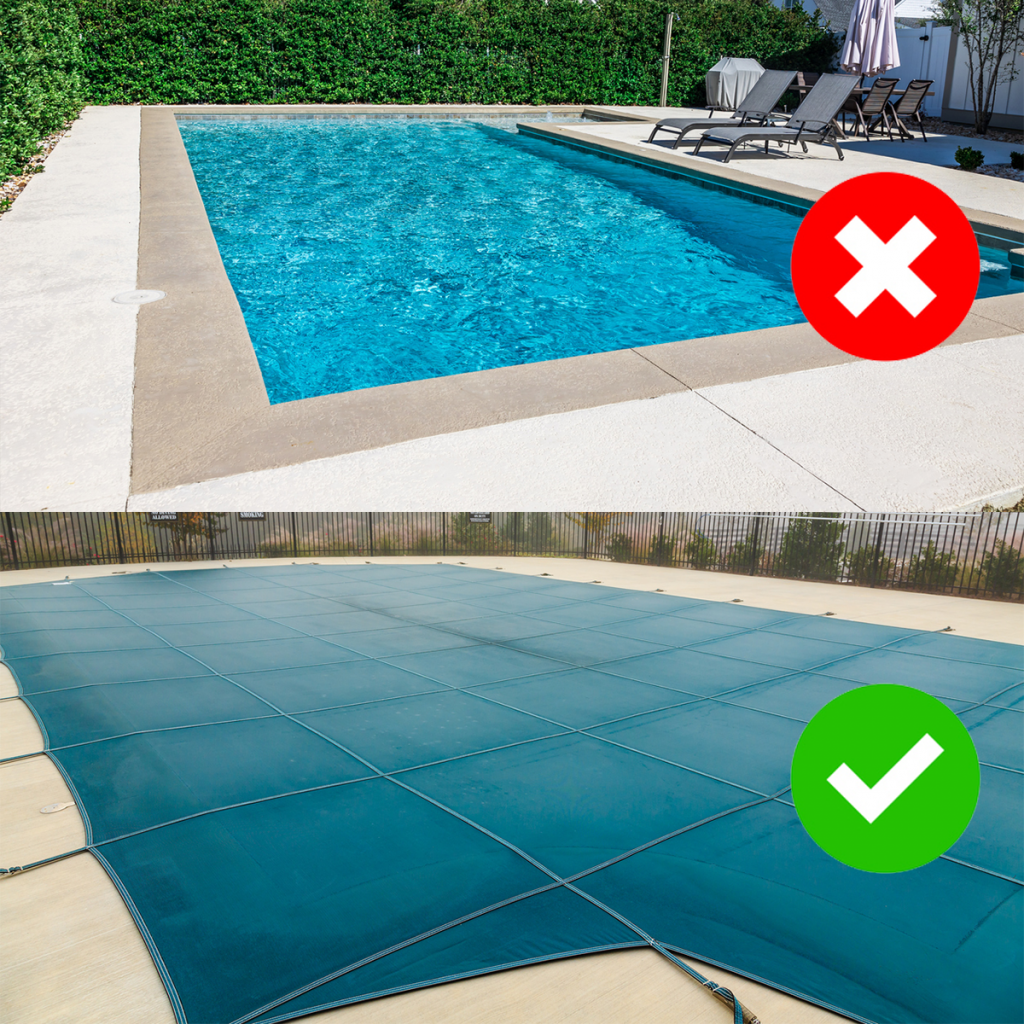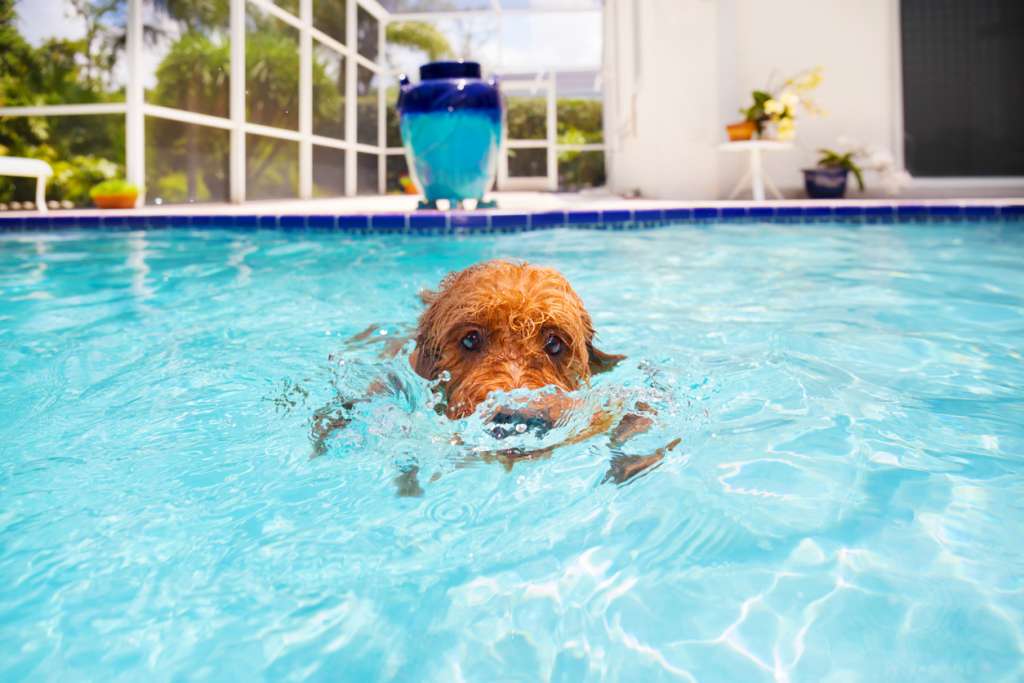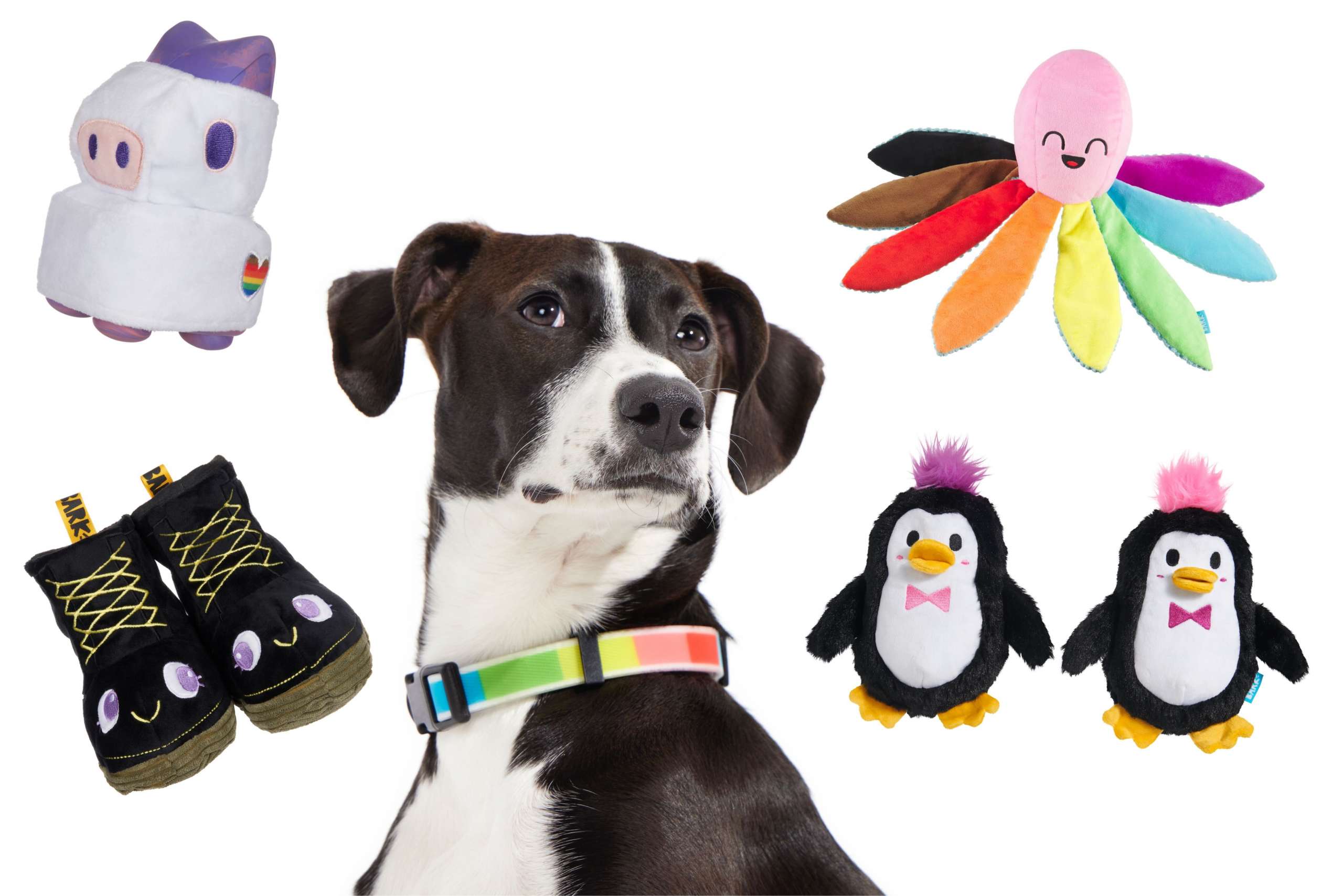Sun’s out, (furry) buns out. We NEVER thought this day would come, but it is now pool season. It snuck up so fast, and I know you are probably thinking the same troubling thought that I had when I realized it was almost June (frick, where the heck is my tankini?), but I promise you will have time to look for it AFTER you read this really important article.
We know how difficult opening your pool can be (or maybe my dad was just really bad at pool maintenance), and sometimes in your rush to get it done, certain things are forgotten. We totally get it—stuff happens. That’s why we made this list of gentle reminders, so you forget the fruit-shaped pool float and not your dog’s life vest. To be very clear, we are 100% team fruit-shaped pool float and you should definitely buy one of each fruit that is available.


With that being said, here are some tips on how to get your little oasis ready for your sweet baby angel (your dog). Please note that all of these tips are only helpful if your dog is a confirmed swimmer. If your dog DOESN’T know how to swim, you should check out this article!
STEP 1. Make sure your dog can safely enter and exit the pool.
You all know how difficult it is to heave your body out of the water using one of those tiny three-rung ladders (heaven knows I do). Now imagine that you’re a dog trying to use one of those ladders. I know, it’s a disturbing thought. That is why we recommend installing a ramp or stairs into your pool as they are MUCH easier for your dog to use.
Here is a link to some stairs for above ground pools.
Here is a link to some stairs for inground pools.
STEP 2: Make sure your dog has a life vest.
Life vests are not just for our brachycephalic friends (pugs, French bulldogs, Boston terriers), or our lengthy pals with short legs (corgis, dachshunds). Even if your dog is a strong swimmer, it’s a good idea to have a life vest for them just in case. Not to scare you, but dogs can overexert themselves in water which can result in a seizure. In those instances, having a life vest to keep them afloat can be the difference between life and death. For this reason, it is recommended that you keep your pup’s swim sessions to between 10–30 minutes, depending on their stamina level.
Here is a link to an affordable and highly-rated life vest.


3. Learn pet CPR.
It is always good to have a general understanding of basic CPR techniques, just in case you ever find yourself faced with an emergency. To learn about the basics, check out this video. I will warn you, this video has NO mention of the Bee Gees; you’ll have to time your compressions yourself.
4. Make sure your pool has a suitable cover.
Many pool covers simply float on the surface of the water, which is incredibly dangerous. To a dog, the covers appear to be solid, which results in them attempting to walk on it. Once they step out on the cover, they will quickly become tangled and trapped. Instead, we recommend pool covers that are anchored to the ground. Pool covers like this can be pricey, so in lieu of a link to an anchored pool cover, please enjoy this image that I made.


5. Always supervise pool time.
The most important pool safety measure is making sure that you are always there to watch your dog. Much like you would never leave a young child unsupervised at the pool, you should do the same with your pup.








